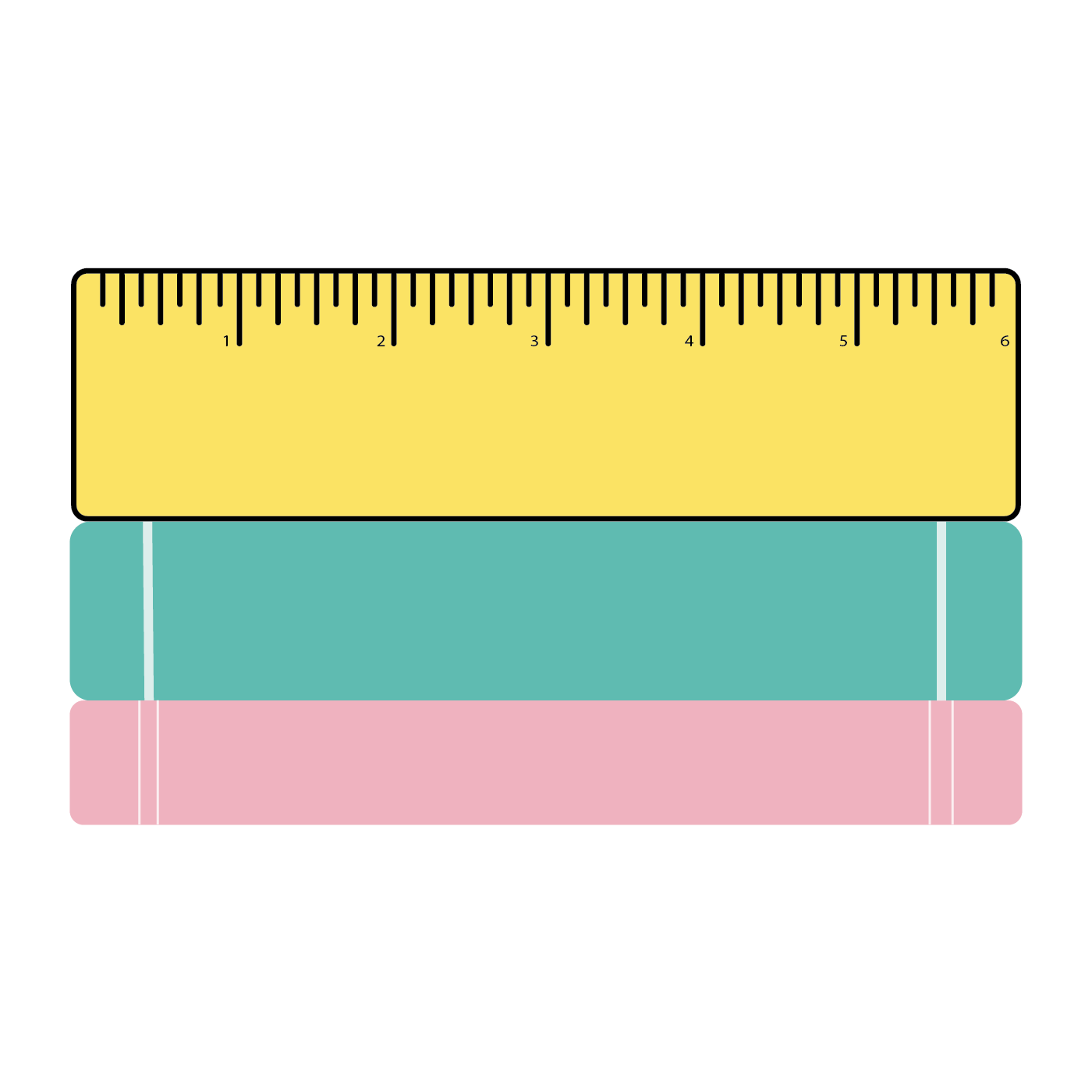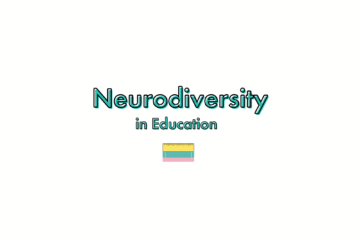If you’re here, we’re willing to guess you’re an educator of some sort! Maybe a teacher candidate, a new or veteran educator, or even an instructional coach, paraprofessional, administrator, district/university leader.
And if you consider yourself an educator, you may have heard the term “learner profile” before.
At Making the Grade Project, truly understanding how someone learns, whether they are a teacher or student, is one of the core values of our work. Whether we are setting a teacher candidate up for success for their licensure exams, or setting students up for success in the classroom, learner profile work is the first step of our process. Why? Because learners cannot make the grade unless they are given the right tools for their diverse learning styles.
Read on to learn more about learner profiles!
What Are Learner Profiles?
A learner profile is a comprehensive summary of an individual’s learning preferences, strengths, weaknesses, interests, and other relevant characteristics. It provides educators with valuable insights into how students learn best, enabling them to tailor instruction and support to meet each learner’s unique needs effectively. Learner profiles serve as a foundation for personalized learning approaches and help create inclusive learning environments that support the diverse needs of all students.
In educational settings, learner profiles are typically created through a combination of methods such as student surveys, observations, assessments, and input from parents or guardians. These profiles compile information about students’ learning preferences, strengths, weaknesses, interests, and other relevant characteristics. Educators utilize learner profiles to design personalized learning experiences, tailor instruction to meet individual needs, select appropriate teaching strategies and resources, and provide targeted support and interventions to optimize student learning outcomes. By leveraging learner profiles, educators can create inclusive learning environments that cater to the diverse needs of all students, promoting engagement, motivation, and academic success.
Understanding Different Learner Profiles
While there are many types of learner profiles, three common ones that you may have heard of are visual, auditory, and kinesthetic. Here’s some basic information about all three.
Visual learners
Characteristics:
Visual learners tend to comprehend information best through visual aids such as charts, diagrams, and images. They often have a strong ability to recall visual information and prefer to learn through seeing rather than hearing or doing.
Learning preferences:
Visual learners prefer materials that are visually stimulating, such as videos, slideshows, and illustrations. They benefit from color-coded notes, diagrams, and visual organizers that help them organize information spatially.
Teaching strategies to support visual learners:
To support visual learners, educators can incorporate visual aids into their teaching, such as using slideshows, diagrams, and infographics. Providing written instructions along with verbal explanations, using graphic organizers for note-taking, and offering opportunities for visual exploration and creativity can enhance learning for visual learners.
Auditory learners
Characteristics:
Auditory learners excel in processing information through listening and verbal communication. They have a strong ability to remember spoken information, including lectures, discussions, and audio recordings.
Learning preferences:
Auditory learners prefer to learn through listening to explanations, discussions, and lectures. They benefit from verbal instructions, reading aloud, and engaging in group discussions or debates.
Teaching strategies to support auditory learners:
To support auditory learners, educators can incorporate verbal explanations, discussions, and oral presentations into their teaching. Providing audio recordings of lectures or readings, encouraging students to explain concepts verbally, and using mnemonic devices or rhymes can aid in their comprehension and retention of information.
Kinesthetic learners
Characteristics:
Kinesthetic learners learn best through hands-on experiences and physical activities. They thrive in environments where they can actively engage with materials, manipulate objects, and participate in movement-based tasks.
Learning preferences:
Kinesthetic learners prefer interactive learning activities such as experiments, simulations, role-plays, and hands-on projects. They benefit from opportunities to move around, touch, and manipulate objects to understand concepts.
Teaching strategies to support kinesthetic learners:
To support kinesthetic learners, educators can incorporate hands-on activities, simulations, and experiential learning opportunities into their teaching. Providing manipulatives, interactive games, and physical demonstrations, as well as incorporating movement breaks and kinesthetic learning stations, can enhance engagement and understanding for kinesthetic learners.
Implications for Teaching and Learning
Understanding and accommodating diverse learner needs is paramount in education. By recognizing that students have unique ways of learning and providing personalized support and opportunities, we can empower them to reach their full potential. Let’s continue to prioritize learner profiles in our educational practices and work collaboratively to ensure that every student receives the right tools and opportunities to succeed. Together, we can create inclusive learning environments where all learners can flourish and make the grade.
At Making The Grade Project, we give teachers experience with learner profiles both with our signature MTEL preparation, and with our professional development for classroom teachers.
Check out our other blogs for more information on practical strategies for using learner profiles in your own learner, as well as with students.
Whether you are a K12 leader curious about our professional development options or an educator looking for personalized support, sign up for a free consultation below to talk about your needs!


